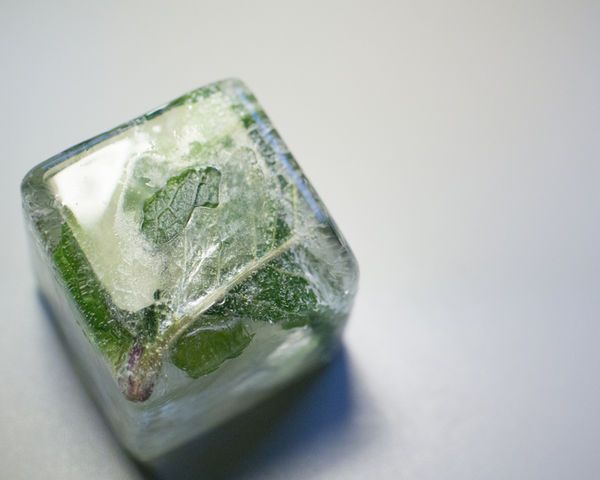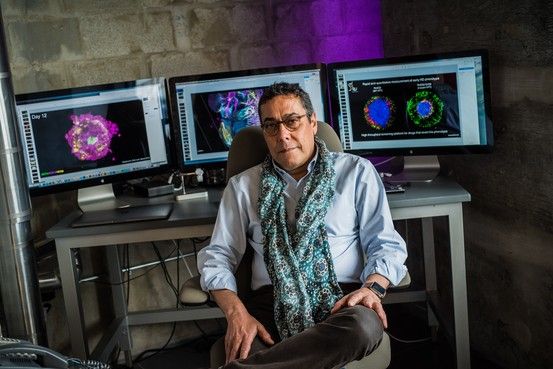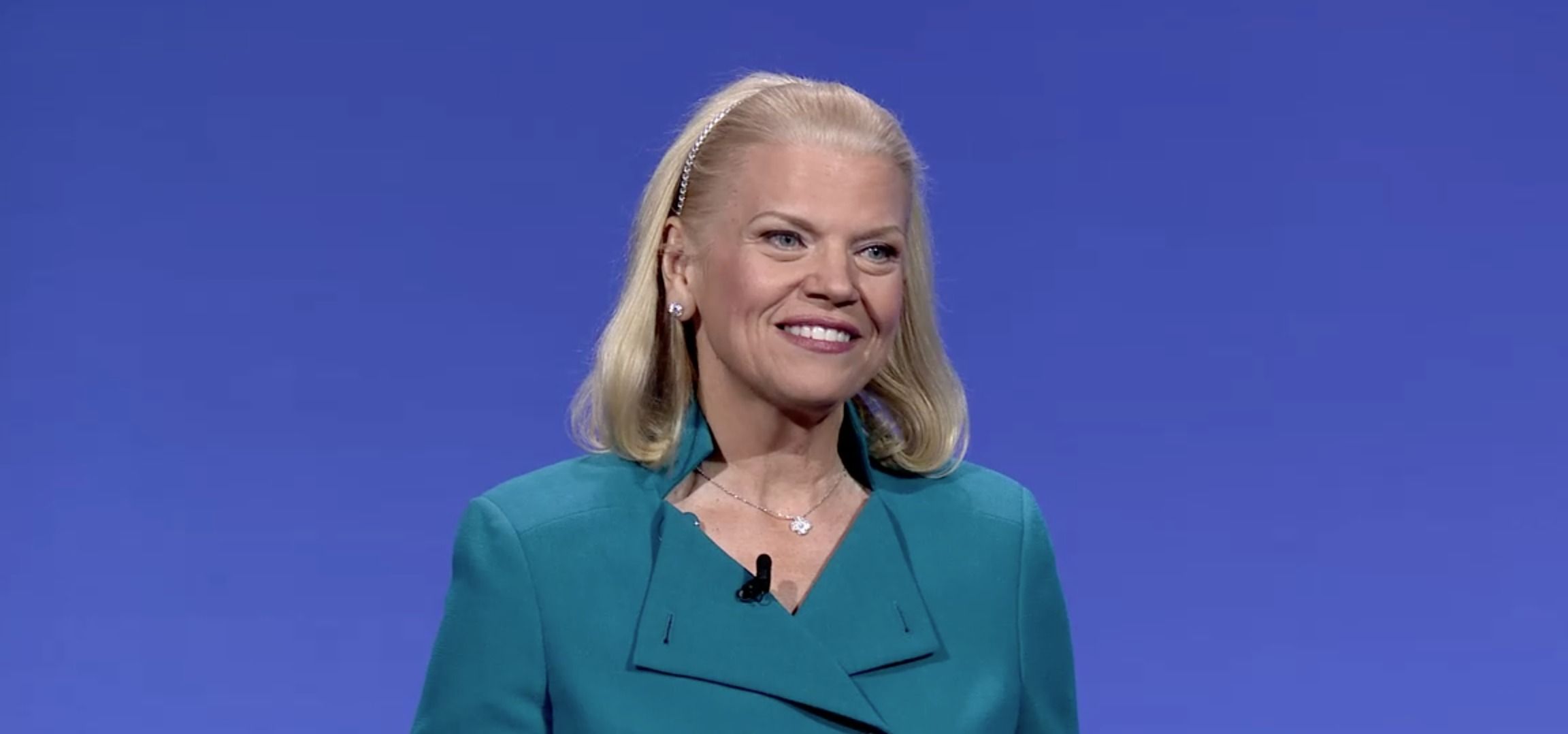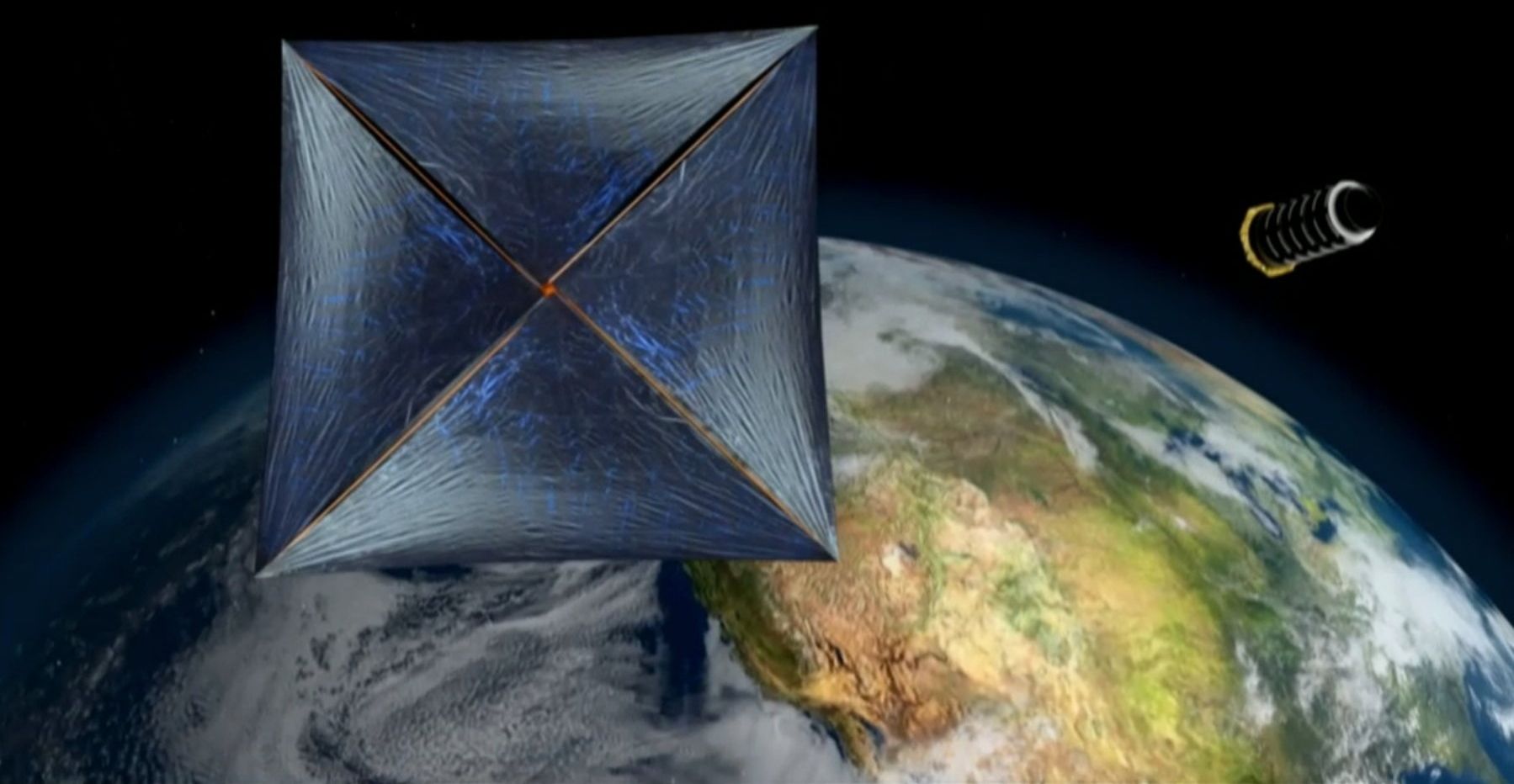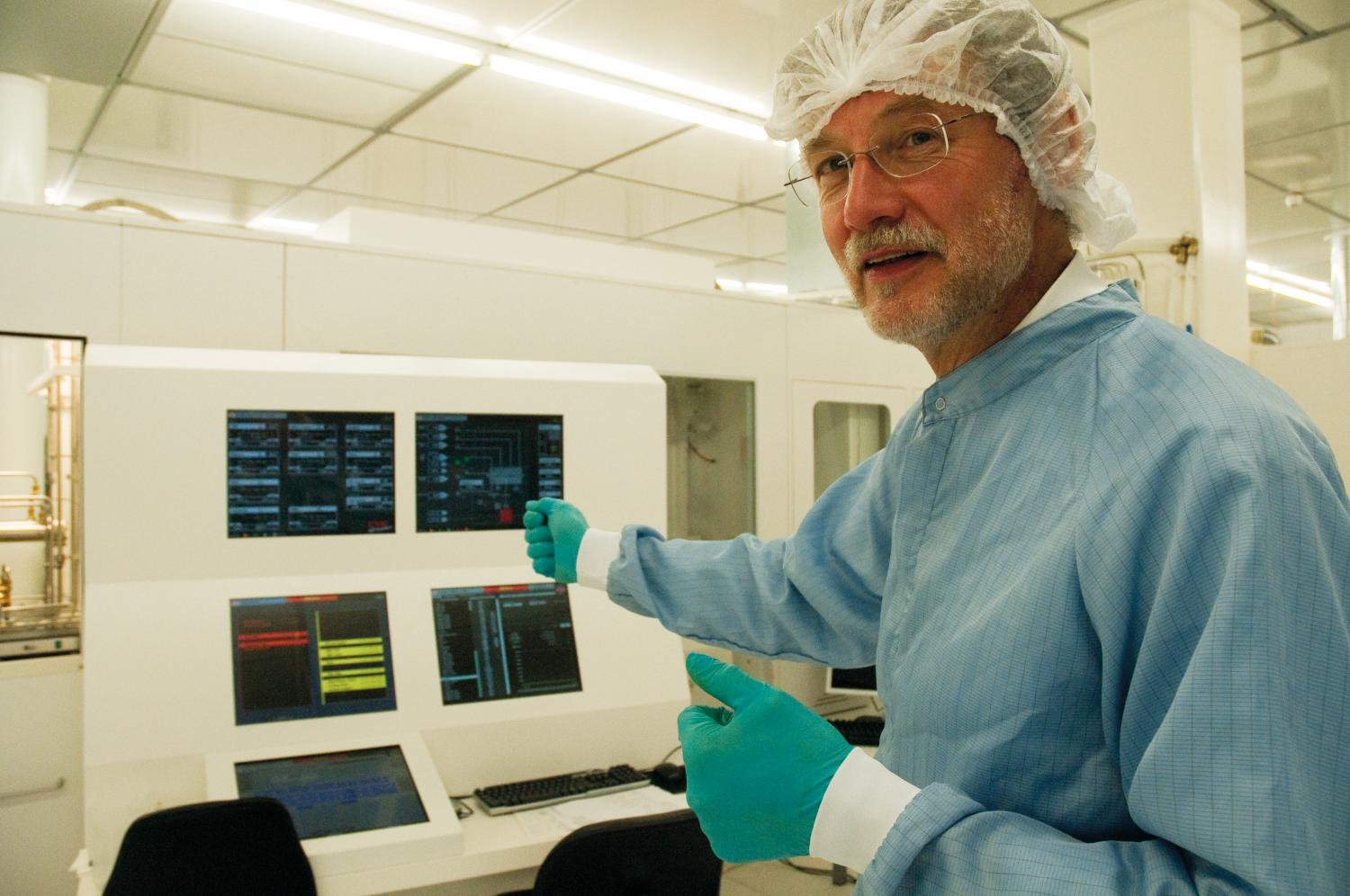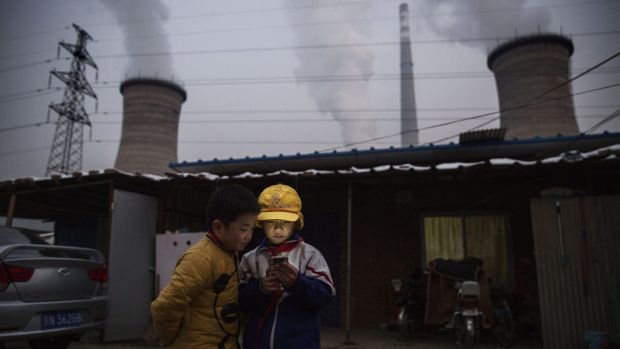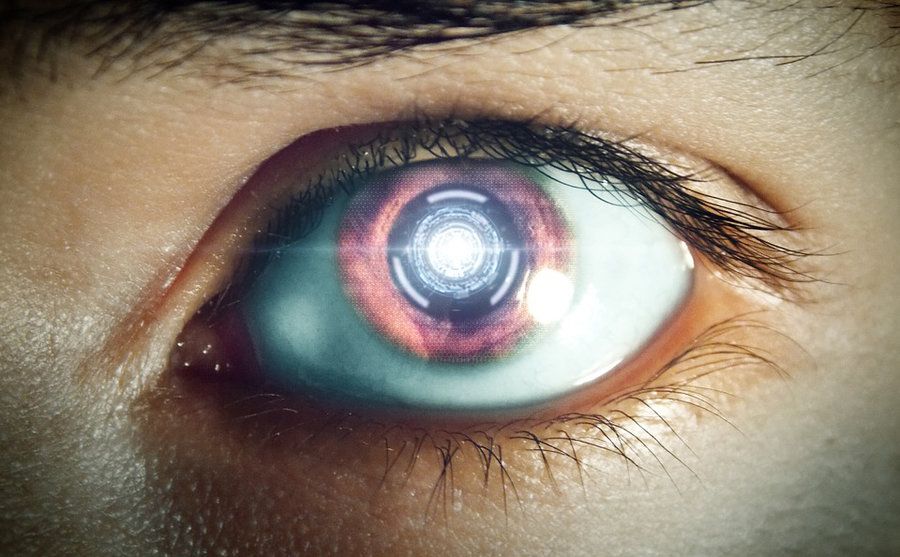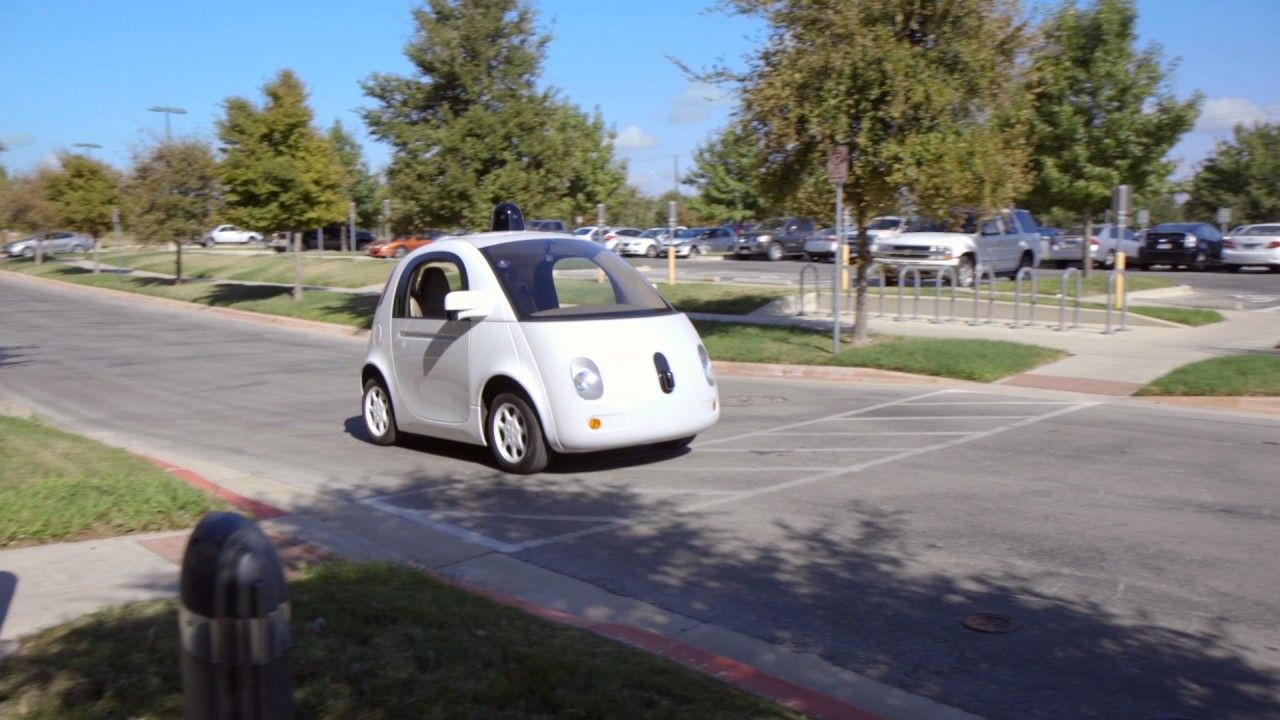Tweaking texture could give us healthy versions of our favorite junk foods—and that’s just the beginning.
A group of prominent researchers is calling for changes to scientific-research guidelines to address a range of new biological entities created in labs that may share similar characteristics to embryos.
These entities, created through a variety of techniques, have been studied at only the earliest stages of development. In some cases, scientists have taken cells from an embryo and manipulated them to generate another embryo-like…
To Read the Full Story, Subscribe or Sign In.
The cloud is becoming a bigger part of IBM’s business, and the technology giant is expanding its data center offerings.
IBM CEO Ginni Rometty announced at the company’s InterConnect conference in Las Vegas Tuesday a new data center in China, its 51st overall in 20 nations.
A team of scientists has discovered that a law controlling the bizarre behavior of black holes out in space—is also true for cold helium atoms that can be studied in laboratories. “It’s called an entanglement area law,” says Adrian Del Maestro, a physicist at the University of Vermont who co-led the research. That this law appears at both the vast scale of outer space and at the tiny scale of atoms, “is weird,” Del Maestro says, “and it points to a deeper understanding of reality.”
In the future, solar cells can become twice as efficient by employing a few smart little nano-tricks.
Researchers are currently developing the environment-friendly solar cells of the future, which will capture twice as much energy as the cells of today. The trick is to combine two different types of solar cells in order to utilize a much greater portion of the sunlight.
“These are going to be the world’s most efficient and environment-friendly solar cells. There are currently solar cells that are certainly just as efficient, but they are both expensive and toxic. Furthermore, the materials in our solar cells are readily available in large quantities on Earth. That is an important point,” says Professor Bengt Svensson of the Department of Physics at the University of Oslo (UiO) and Centre for Materials Science and Nanotechnology (SMN).
Beijing: The closure of Beijing’s last big coal-fired power station, which had dominated the skyline of the city’s outskirts for 18 years, has been welcomed by environmental groups, who hope China will maintain momentum on its ambitious clean energy targets.
Beijing had promised in 2013 to have its four coal-fired power stations shut down by this year.
This video is audio described for the visually-impaired. The original version can be found here: https://youtu.be/uHbMt6WDhQ8
Waymo—formerly the Google self-driving car project—stands for a new way forward in mobility. In 2015, we invited Steve Mahan, former CEO of the Santa Clara Valley Blind Center, for a special ride. Steve had ridden in our cars in the past—first accompanied by a test driver in 2012 and then on a closed course in 2014. This time was different. Steve experienced the world’s first fully self-driving ride on public roads, navigating through everyday traffic with no steering wheel, no pedals, and no test driver. See highlights of Steve’s ride: https://youtu.be/ArYTxDZzQOM
We’ve been working on self-driving vehicles since 2009, and we are now an independent self-driving technology company with a mission to make it safe and easy for people and things move around. Learn more about Waymo:
Website: https://waymo.com
